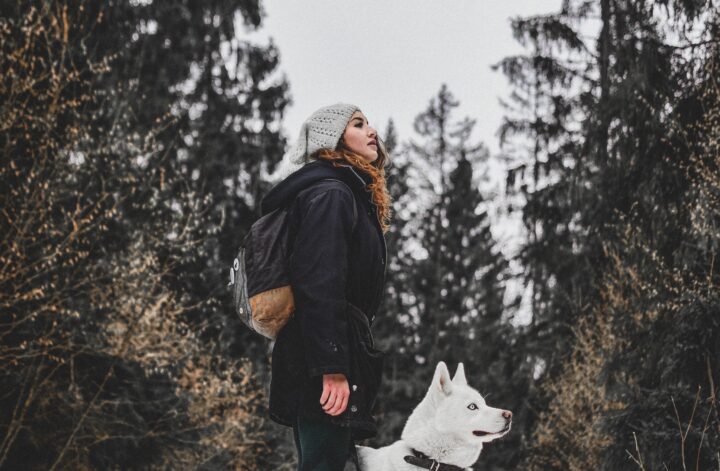As the winter season settles in, the captivating allure of snowy landscapes and crisp air is unmistakable. Yet, it is incumbent upon pet owners to be vigilant in safeguarding their four-legged companions against the rigors of colder temperatures. In this guide, we will delve into practical measures to ensure the comfort and contentment of your furry friend throughout the winter months.
1. Appropriate Attire
Much like humans, pets benefit from an extra layer of warmth in colder climes. Consider the acquisition of a well-fitted canine sweater or jacket. Ensuring a comfortable fit, one can strike a balance between style and functionality.
2. Paw Protection Protocol
Adverse elements such as ice, snow, and road salt can be harsh on a pet’s paws. Application of a specialized paw balm or the provision of protective booties will serve to shield their feet from discomfort and potential harm.
3. Temperature Thresholds
Observation of your pet’s behavior in outdoor settings is paramount. Any indication of shivering or signs of discomfort, such as lifting of paws, warrants an expeditious return indoors for respite and warmth.
4. Shelter and Solace
For those pets that partake in outdoor activities, the availability of a well-insulated, dry shelter is indispensable. Furnished with a plush bed and blankets, it serves as a sanctuary from the elements, affording solace and protection.
5. Considerate Exercise Regimens
While regular exercise is essential for a pet’s well-being, prudent caution should be exercised in the winter months. Shorter play sessions and consideration of indoor activities, like fetch or puzzle toys, are conducive to mental stimulation and energy expenditure without exposing them to undue cold.
6. Dietary Deliberations
The altered activity levels of winter may necessitate a corresponding adjustment in food portions to maintain an optimal weight. The provision of balanced, high-quality nutrition is foundational to their overall health and well-being.
7. Hydration Vigilance
Even in colder temperatures, pets can become dehydrated. Access to fresh, unfrozen water should be maintained at all times. Heated bowls or increased frequency of water changes serve to prevent freezing.
8. Recognizing Hypothermic Signs
Vigilance for signs of hypothermia, including uncontrollable shivering and pronounced lethargy, is imperative. Should such symptoms manifest, prompt veterinary attention is imperative.
Conclusion
Winter, with its enchanting charm, can be experienced harmoniously by both pet and owner with due diligence and care. These outlined measures will fortify your furry companion against the inclement elements, affording them warmth and security. Here’s to cherishing the beauty of winter in the company of your cherished pet!




